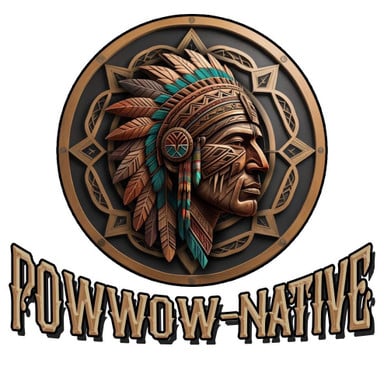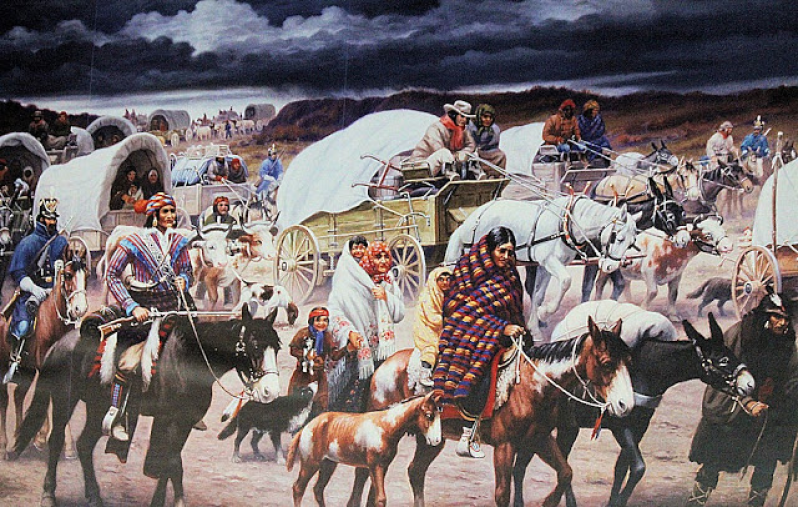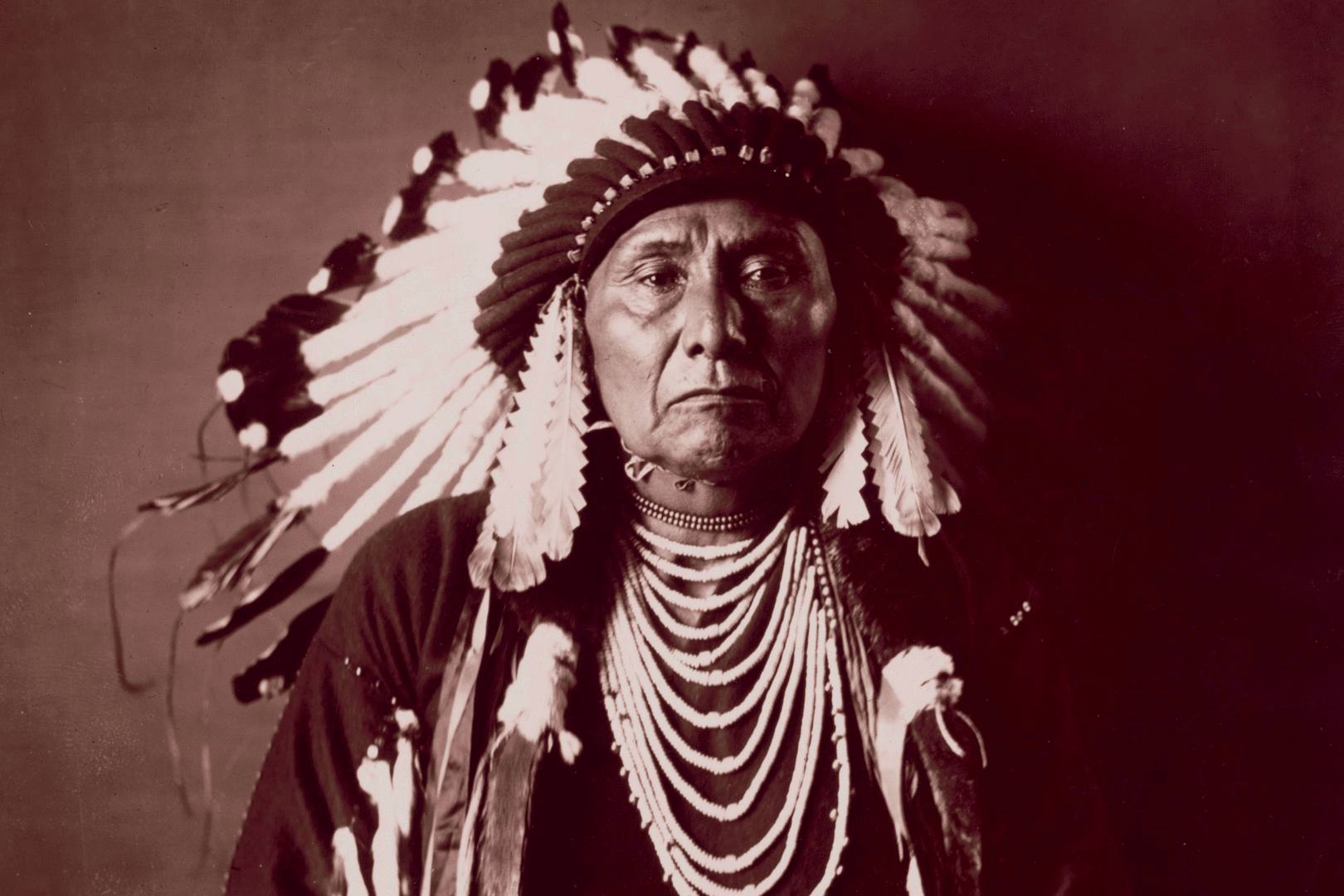✈️FREE SHIPPING ON ORDERS OVER $199
About Sitting Bull
1. He was originally named 'Jumping Badger.'
Sitting Bull was born around 1831 into the Hunkpapa, a Lakota band of the Great Plains in what is now the Dakotas. He was initially called “Jumping Badger” by his family, but earned the boyhood nickname “Slow” for his quiet and deliberate demeanor.
The future chief killed his first buffalo when he was just 10 years old. At 14, he joined a Hunkpapa raiding party and distinguished himself by knocking a Crow warrior from his horse with a tomahawk. In celebration of the boy’s bravery, his father relinquished his own name and transferred it to his son. From then on, Slow became known as Tatanka-Iyotanka, or “Sitting Bull.”
2. Sitting Bull was credited with several legendary acts of bravery.
Sitting Bull was renowned for his skill in close-quarters fighting and collected several red feathers representing wounds sustained in battle. (Collecting of red feathers was a form of counting coup, meaning touching an enemy, but allowing him to live, which was also a disgrace for the person who was counted coup on.) As word of his exploits spread, his fellow warriors took to yelling, “Sitting Bull, I am he!” to intimidate their enemies during combat.
The most stunning display of his courage came in 1872 when the Sioux clashed with the U.S. Army during a campaign to block construction of the Northern Pacific Railroad. As a symbol of his contempt for the soldiers, the middle-aged chief strolled out into the open and took a seat in front of their lines. Inviting several others to join him, he proceeded to have a long, leisurely smoke from his tobacco pipe, all the while ignoring the hail of bullets whizzing by his head. Upon finishing his pipe, Siting Bull carefully cleaned it and then walked off, still seemingly oblivious to the gunfire around him. His nephew White Bull would later call the act of defiance “the bravest deed possible.”
3. He was the first man to become chief of the entire Lakota Sioux nation.
In the 1860s, Sitting Bull emerged as one of the fiercest opponents of white encroachment on Sioux land. His resistance usually took the form of raids on livestock and hit-and-run attacks against military outposts, including several against Fort Buford in North Dakota.
Knowing that the Indians required unity to face down the might of the U.S. Army, Sitting Bull’s uncle Four Horns eventually spearheaded a campaign to make the war chief the supreme leader of all the autonomous bands of Lakota—a position that had never before existed. Sitting Bull was elevated to his new rank sometime around 1869. Other hunting bands later flocked to his banner, and by the mid-1870s his group also included several Cheyenne and Arapaho bands.
4. Sitting Bull had a spiritual premonition of his most famous victory.
Though mainly remembered as a warrior and political leader, Sitting Bull was also a Lakota “Wichasa Wakan,” a type of holy man believed to have the gift of spiritual insight and prophecy. During a Sun Dance ceremony in early June 1876, he made 50 sacrificial cuts into each arm and danced for hours before falling into a trance. When he awoke, he claimed to have witnessed soldiers tumbling into his camp like grasshoppers falling from the sky—a vision he interpreted to mean that the Sioux would soon win a great victory. Just a few weeks later on June 25, the prophecy was fulfilled when Lieutenant Colonel George A. Custer’s Seventh Cavalry attacked the encampment in what became known as the Battle of the Little Bighorn. Spurred on by Sitting Bull’s vision, the numerically superior Indians surrounded the bluecoats and completely obliterated Custer’s contingent of over 200 troops.
5. He didn’t lead the Indians at the Battle of the Little Bighorn.
Following the rout at the Little Bighorn, many people credited Sitting Bull with having masterminded the Indian victory. Some even claimed the 45-year-old had once attended the military academy at West Point. But while Sitting Bull was active in protecting the camp’s women and children during the attack, he seems to have left the fighting to the younger men, most of whom battled in disorganized groups. The Indians were no doubt energized by Sitting Bull’s prophecy, but the main heroes on the day were his nephew White Bull and the Oglala Lakota warrior Crazy Horse, who led a charge that supposedly split the soldiers’ lines in two.
6. Sitting Bull spent four years in exile in Canada.
After the embarrassment at the Little Bighorn, the U.S. Army doubled down on its efforts to defeat the Plains Indians and force them onto reservations. Sitting Bull refused to submit, however, and in May 1877 he led his followers across the border to the safety of Canada. He would spend the next four years hiding out in the land of the “Grandmother,” as he called Queen Victoria, but the disappearance of the buffalo eventually drove his people to the brink of starvation.
SHARE:








0 comment
Be the first to comment